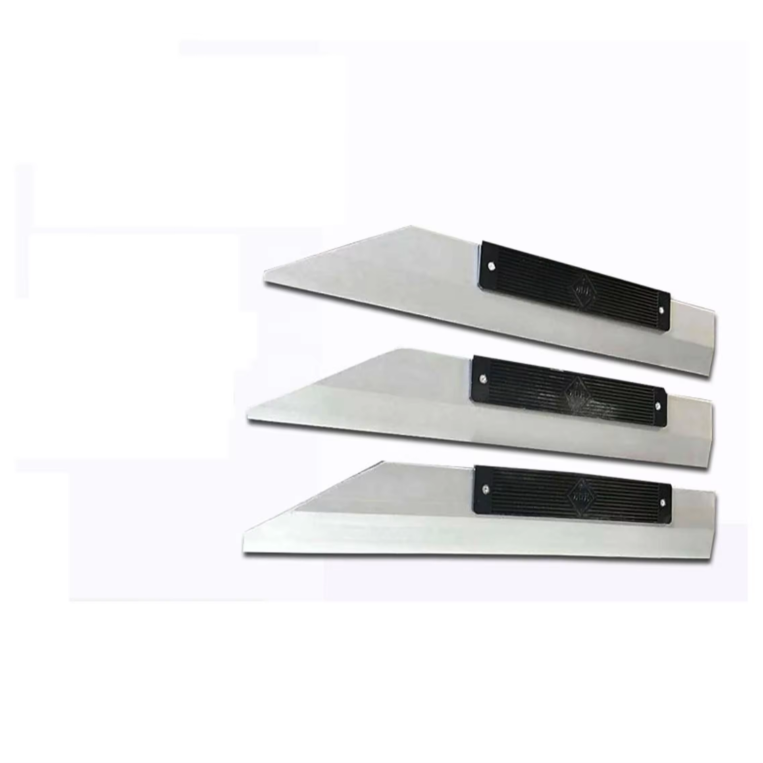Dec . 11, 2024 09:05 Back to list
Exploring the Mechanisms and Applications of Butterfly Valves in Modern Industry
Exploring Butterfly Valves A Comprehensive Overview
Butterfly valves are integral components in various industrial and municipal applications, designed for regulating flow and controlling pressure within piping systems. These valves, characterized by their unique circular disc that pivots to open or close the flow of fluid, have gained popularity due to their efficiency, simplicity, and cost-effectiveness.
Design and Operation
The fundamental design of a butterfly valve consists of a disc (the “butterfly”) that rotates around a central shaft. When the valve is closed, the disc is perpendicular to the flow direction, effectively blocking the passage. Rotating the disc to a parallel position allows fluid to flow freely. This mechanism provides a quick response to flow control, typically requiring just a quarter-turn to transition from fully open to fully closed.
Materials used for butterfly valves can vary widely, depending on the application and environmental conditions. Common materials include cast iron, stainless steel, brass, and plastic. Each material offers unique advantages in terms of strength, corrosion resistance, and temperature tolerance, making butterfly valves suitable for a multitude of environments, from water treatment facilities to chemical processing plants.
Advantages of Butterfly Valves
One of the most significant benefits of butterfly valves is their compact size. Unlike gate valves, which can require substantial installation space, butterfly valves occupy less room, making them ideal for applications with limited spatial constraints. Additionally, their lightweight design enables easier handling and installation.
Another advantage is their ability to maintain a tight seal under various pressure conditions. Many butterfly valves come with elastomeric sealing materials that enhance their sealing capabilities, minimizing the risk of leaks. Furthermore, they offer low pressure drop characteristics, allowing efficient fluid flow without excessive energy loss.
Butterfly valves also demonstrate remarkable versatility. They can be employed in both throttling and on/off applications, accommodating a wide array of fluids, including water, air, slurries, and gases. The adaptability of butterfly valves makes them indispensable in industries such as water treatment, HVAC systems, food and beverage processing, and oil and gas.
butterfly valve

Applications in Various Industries
In the water and wastewater treatment sector, butterfly valves are commonly used to control the flow of water through treatment processes. Their quick-close feature prevents backflow and ensures that treatment processes operate smoothly. In HVAC systems, butterfly valves balance air flow and help maintain optimal temperature and humidity levels.
In the chemical industry, the corrosive nature of certain fluids requires valves that can withstand harsh environments. Butterfly valves made from specialized materials can effectively manage the flow of these chemicals while ensuring safety and efficiency.
Challenges and Considerations
While butterfly valves offer many advantages, there are challenges to consider. Their performance may be compromised in high-pressure applications, particularly if not selected appropriately. Operators must ensure that the valve's design and material specifications meet the demands of the application.
Additionally, although butterfly valves can be effective for throttling, they are not always ideal for applications that require fine flow control. In such cases, other valve types, such as globe valves, may be more suitable.
Conclusion
Butterfly valves are essential tools in fluid control systems across a diverse range of industries. Their efficient design, compact size, and versatility make them a preferred choice for many applications. Understanding their functionality, advantages, and potential limitations is crucial for engineers and operators tasked with designing and maintaining effective fluid systems. As technology advances, the development of even more advanced butterfly valve designs promises to enhance their performance and expand their applications, ensuring they remain a staple in the world of industrial flow control.
-
Y Type Strainer Maintains System Efficiency Long TermNewsJul.15,2025
-
Valve Selection Guide for Industrial ApplicationsNewsJul.15,2025
-
Steel Fab Table Provides Durable Work Surface for WeldingNewsJul.15,2025
-
Pad Iron Provides Stable Support for Heavy MachineryNewsJul.15,2025
-
One Inch Check Valve Fits Standard Plumbing SystemsNewsJul.15,2025
-
Measuring Micrometer Ensures Precise Dimensional AccuracyNewsJul.15,2025
Related PRODUCTS









